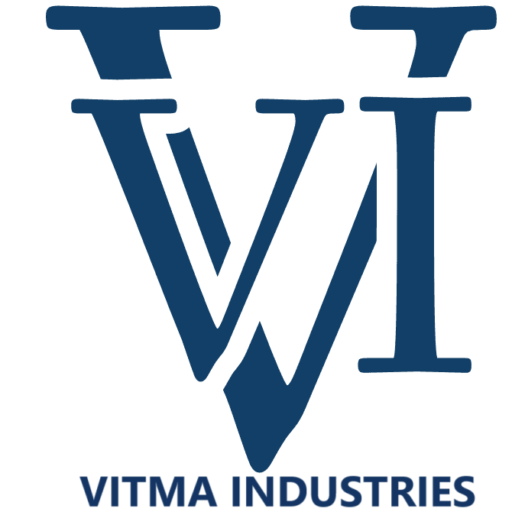
Clean room doors are specialized entryways designed for environments that require strict contamination control, such as pharmaceutical manufacturing, semiconductor fabrication, and biotechnology labs. Here’s an overview of their key features and importance:
Key Features of Clean Room Doors & Scientific Doors
- Material:
- Made from non-porous, easy-to-clean materials like stainless steel or Galvanized steel contamination.
- Often smooth-surfaced to reduce dust accumulation.
- Design:
- Sealing: Designed to create an airtight seal when closed, preventing the ingress of particles and contaminants.
- Frames: Typically made of durable materials that can withstand frequent cleaning and disinfection.
- Swing or Slide: Can be hinged (swing) or sliding, depending on the space and workflow requirements.
- Access Control:
- May include electronic access systems, interlocks, or other security features to control entry and maintain cleanroom integrity.
- Some designs incorporate vestibules or airlocks to minimize air exchange and particle transfer.
- Airflow Management:
- Integrated with ventilation systems to help maintain positive pressure in clean rooms, which keeps contaminants out.
- Often have built-in gaskets or seals to maintain the required airflow dynamics.
- Compliance Standards:
- Must meet specific industry standards, such as ISO classifications, which dictate cleanliness levels based on particle count.
Importance of Clean Room Doors
- Contamination Control: They help maintain the stringent cleanliness required in controlled environments, preventing the entry of dust, microbes, and other contaminants.
- Safety and Security: Help protect sensitive processes and products from external contaminants, as well as secure access to controlled areas.
- Workflow Efficiency: Properly designed doors facilitate smooth traffic flow while maintaining the cleanroom environment, which is crucial for operational efficiency.
Maintenance and Inspection
Regular maintenance is essential to ensure that clean room doors function effectively:
- Cleaning: Should be cleaned regularly with approved cleaning agents to prevent contamination buildup.
- Inspection: Routine checks for seals, hinges, and locking mechanisms to ensure they function properly and maintain integrity.
- Calibration: If equipped with electronic access controls or interlocks, these systems should be calibrated and tested periodically.
Conclusion
Clean room doors are a critical element in maintaining the integrity of controlled environments. Their specialized design and materials help ensure that cleanliness standards are met, protecting both processes and products.
We Offer Best Clean Room Door Services

Best Clean Room Door Service

Meet Industry Standards

Many Years of Experience

